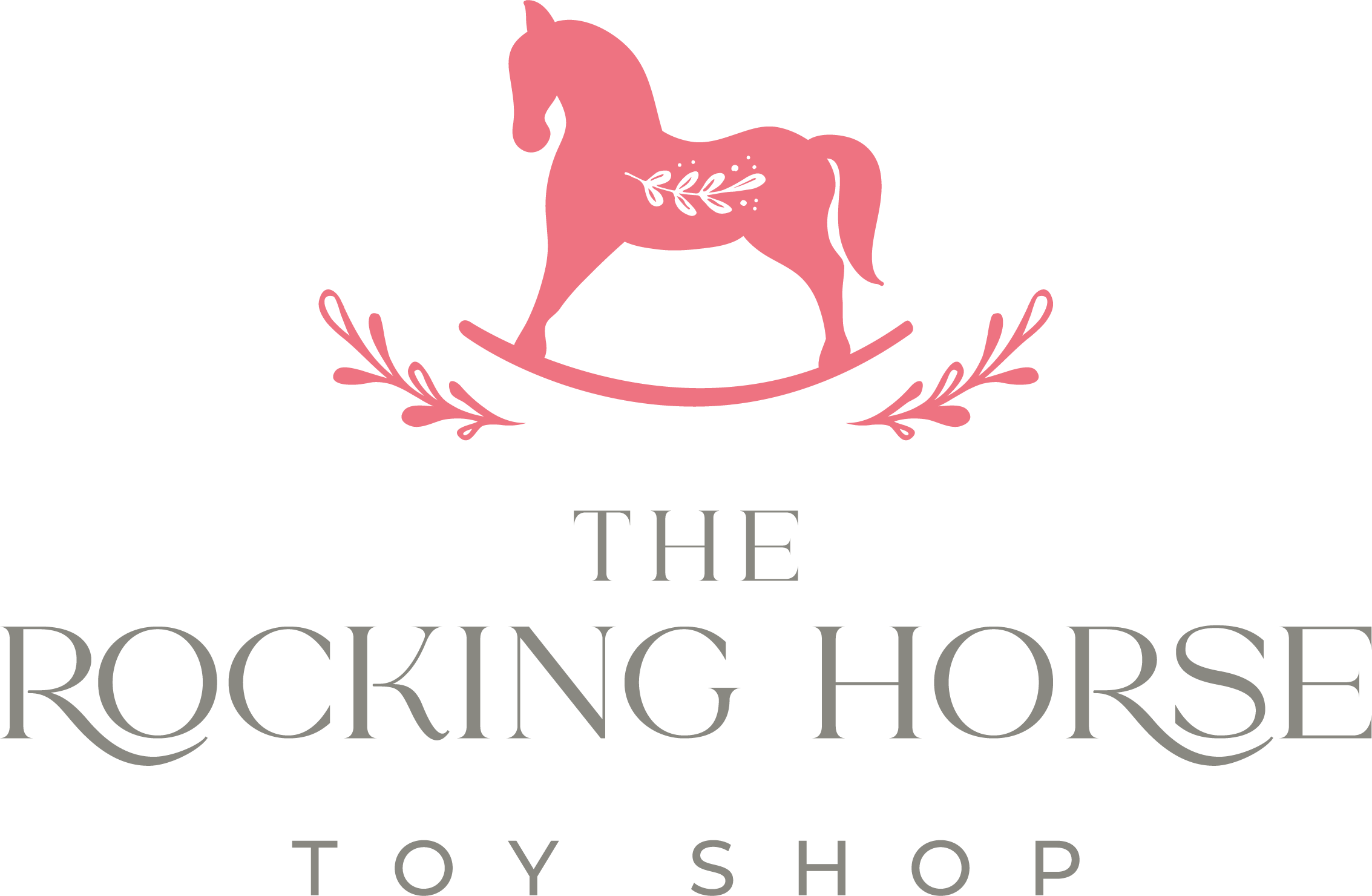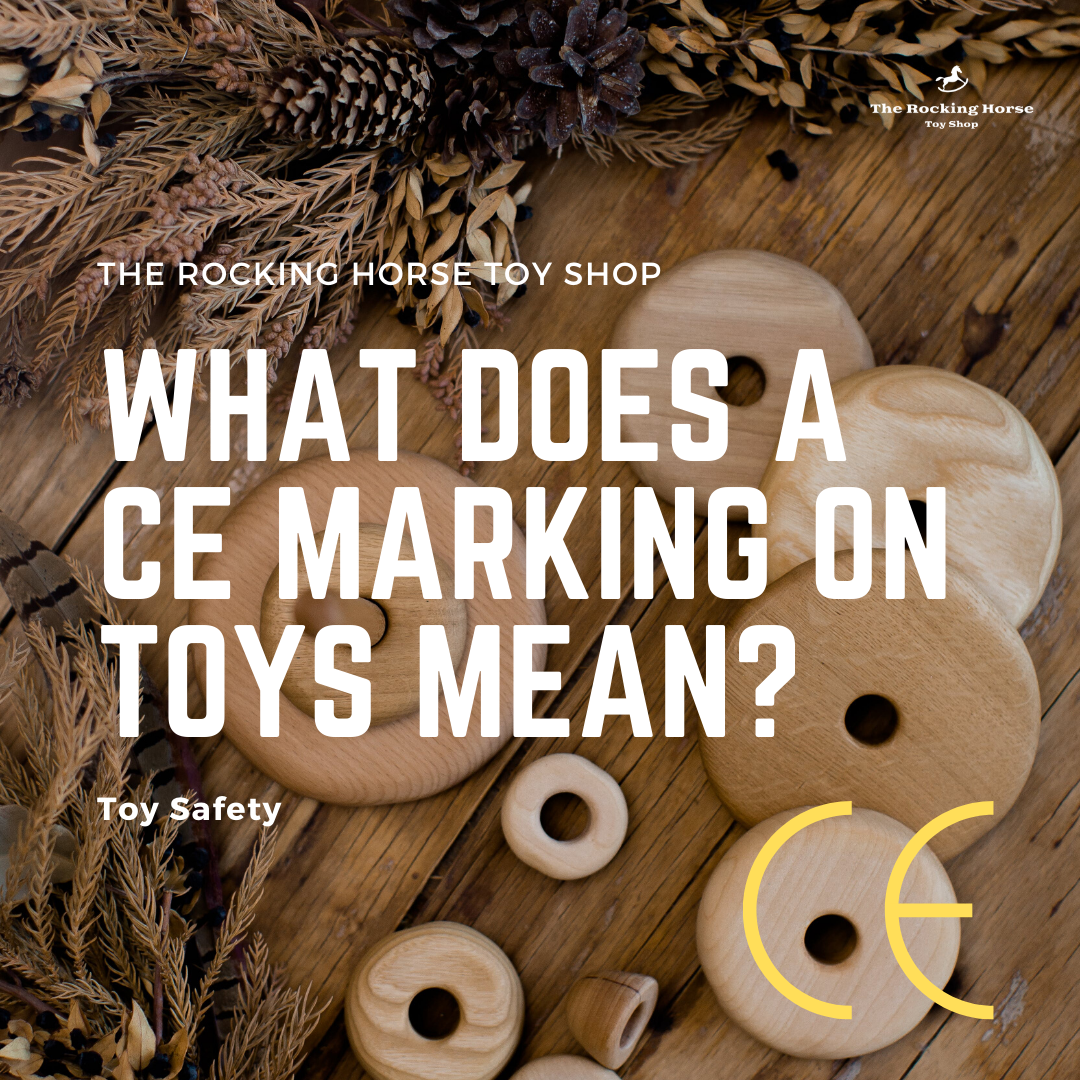What does a CE marking on Toys mean?
In this short article, we will briefly explain what does the CE marking indicates, what need to be CE marked, and what the CE marking means on toys sold in the UK.

What is a CE marking and what needs to be CE marked?
Actually, all new products which are subject to one or more of the European product safety Directives are required to self certify and bear a visible sign of a CE marking. This declares the products confirm with all of the required regulations set by the EC.
What does a CE marking on toys mean?

First of all, let’s define what is a ‘toy’ under the UK requirement. “Toys are products designed or intended (whether or not exclusively) for use in play by children under 14 years old.
There are certain types of product that fulfil the definition of toys but are excluded from the scope of the regulations and these are:
- playground equipment intended for public use
- automatic playing machines, whether coin-operated or not, intended for public use
- toy vehicles equipped with combustion engines
- toy steam engines
- slings and catapults
(Refer to this article)
There is another extensive list of products that are NOT considered as toys, which you can find on the gov.uk site.
So what does a toy manufacturer who intend to sell in the UK need to do to conform with the requirements?
All toy makers must comply with “the provisions of the Toys (Safety) Regulations 2011 for toys placed on the market after 19 August 2011. These bring the European Toy Safety Directive 2009/48/EC into UK law S.I. 2011 no.1881” (Refer to this article).
These are the main requirements for all toys sold in the UK. The toys must
- “satisfy the ‘essential safety requirements’ in the regulations
- be properly marked to ensure traceability
- bear the CE mark
- be accompanied by instructions for use, and warnings where necessary
- Technical documentation and a description of the conformity assessment method used for each toy must be available.” (Gov.UK Site)
A manufacturer is required to carry out a safety assessment and examination before placing a toy on the market. They can refer to the Europa website for assessment guidance, or the British Toy and Hobby Association.
According to Certification-Experts.com, there are three main tests that are important when CE marking toys:
- Defining mechanical and physical properties – EN 71-1
- Testing for flammability – EN 71-2
- Testing for chemicals – EN 71-3
Are all toys officially tested for CE marking?
On paper, yes, all toys are required to confirm with all of the regulations mentioned above. However, this is a self-certification process. The manufacturers are required to complete detailed testing, and document all testing details and findings.
Where the toy has been shown to conform to the essential safety requirements the manufacturer must draw up an EC declaration of conformity to follow the structure set out in Annex III of the directive (Refer to the GOV.UK website).
This indicates that there is no one central body to independently verify and test all of the products sold in the EU. However, all companies will be subject to examination by an enforcement authority if there are reasonable grounds for suspecting an infringement of the regulations.
How do we check if a product is CE certified?
The most obvious way is simply to check if the CE marking is shown on the product labels.
It should always be shown either on the product itself, or on the packaging or the instructinos or information that comes with the products. If you suspect that a manufacturer is misusing the CE mark, you can request a certificate of conformity and/or a declaration of performance. (Refer to this article)
So are all toys with CE marking safe for our children?
In general, anything you purchase in the UK, created by a UK or EU toy maker, should be considered as a safe toy to play with. All UK manufacturers are required to pass the Essential safety requirements for toys (Refer to GOV UK) by conforming with the EEC safety guidance.
A lot of toy manufacturers will actually hire an independent testing body to complete all CE marking testing requirements as it is quite a complex thing to do. So this means it is unlikely for us to worry about a lack of trustworthiness if they do all the testing themselves.
Nevertheless, as discussed, this is a self-directive process, they are not legally allowed to sell the products if the items have not passed all of the regulations, because they would simply not satisfy to get the CE marking on. For those who are suspicious of certain toys, or find certain toys to be unsafe, you can contact your local authority to investigate further. If the ‘toy’ does not bear a CE marking, it may not be intended to be used as a toy. Please be diligent when sourcing your toys for your little ones.
What will replace CE marking upon Brexit?
At the time of this post is written, the UK government is still undergoing deal negotiations with the EU directives after we have left the EU in early 2020. And they have, at the moment, until the end of the year 2020 to sort out all necessary trade deals. In the case of a no-deal Brexit, the UK government has already planned to replace CE marking with a UK CA marking. There may be still a lot of products that will suffice, for a period of time to use the CE marking, but the UK CA marking will be there to replace the CE marking when it is not possible. http://www.ukca-marking.com/
Final Words
As explained, all toys that are sold in the EU area must bear a CE marking. And there is a complex process required for the toymakers and manufacturers to conduct the testing on all new products before they are allowed to sell them in the market. We hope this article will help you gain a better understanding of what CE marking means.
You can confidently purchase at our shop to find safe and CE marked toy items from our catalogue.

